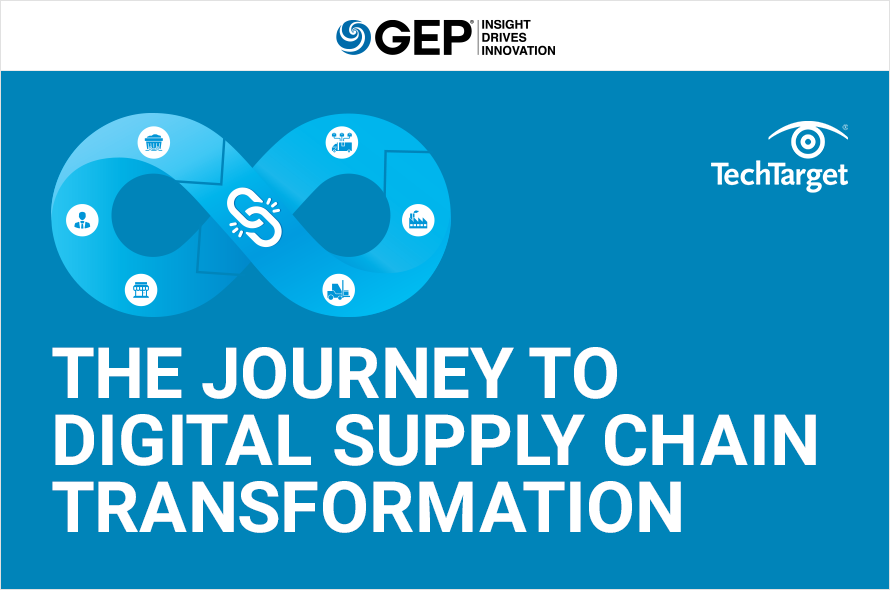By Jason Mackenzie
Having just released my own digital supply chain model for digital music distribution to my new business I developed based on my previous work with SAP is that the company fell short on career expectations to students and failed on delivering the digital supply chain.
In essence SAP is in reality only a software app that allows for the traditional computers build by Rand Corporation on punch card accounting machines in the 1960’s SAP founded in the 1970’s failed to deliver on their front end system.
Having graduated from St. Francis Xavier University in 2005 and working on Toronto Stock Exchange Companies after 9/11/2001 I feel that SAP just didn’t deliver to students expectations.
It’s like they put in the work order for the finished SAP servers to the students and when they finished their designs there were no jobs.
In an industry filled with triple job sharing and low University exit scores.
Needless to say the work was never sold there, for me a machine made in the 1960’s on punch card tape that can print twelve pages of the phone book per minute is an exceptional machine considering that SAP can’t print any finished pages on their system today.
Riddled with errors and patches SAP quickly began being known as “start adding patches” and died with the lp on the new digital supply chain.
Other services are faster today, why hire a large staff to fill out computer screens for product listings when other companies just lists them right on the store in one interface?
A waste of time obviously, writing everything down twice and long transfer times processing new product listings to store shelves.
Why would they do all that when other companies like Ecwid lists them right on the page?
Being tired of all that and with no University grants I developed my own distribution model from my SAP experience.
It’s the Record Store Listening Station on the Smart Phone.
Then this comes with a shopping cart to sell t-shirts and stickers on the record store on the phone.
I used to run a CD listening station up here in Halifax at CD Plus, all my friends used to stand there all day hanging out and listening to music, so I bought A & A Records url on the phone to load my CD Plus listening station into for my Record Label’s Digital Distribution.
Now we’re running record label press on the blog at A & A Records and streaming Official Digital Albums on the listening post and selling shirts and hats on the shopping cart.
Now fans can hang out at the record store on the smart phone from home and still listen to music with us, we even got shirts down at the back.
I started that to sell my band shirts for my Death Metal band Collapse, we also just bought Bleecker Bob’s in New York for their smart phone url for our other listening station.
They used to be a huge distributor of all major record labels in the 1970’s and 1980’s.
Our new digital listening station is on record store blogs, basically we bought old record label names and converted them to record store blogs…the new digital format!
Now you just go to the record store blog, listen to the official album streams and videos and then slap them $20 right on the post for the t-shirt with your debit chip card just like getting pepsi at the pop machine.
Now artists on the new digital delivery model can take their smart phone right into the crowd at the concert and let fan’s slap them money with their chip cards right on the phone at the concert, then later they’ll get a hat in the mail.
That’s our new digital supply chain delivery system, right from the record studio to the digital listening post at A & A Records with all the record label press loaded on it with a simple click shopping cart on the blog post which is the new listening station.
SAP failed on that one, I’m not sure what they were selling but didn’t have this model.
Digital supply chain distribution to the record store listening station, magazine and shopping cart!
My official comment is this:
“Soon the digital record store blog with shopping cart system will be as common as the mp3.”
This is also functional with digital media gift cards for Spotify, Deezer and Itunes etc.
RELATED:

How To Address Digital Supply Chain Vulnerabilities
Most organizations do everything they can to manage third-party risks associated with their vendors, agents, resellers and partners. However, a couple of supply chain components are often left unmanaged: software applications a company purchases for use by its employees and third-party code used in applications created in-house. Until now, the digital supply chain was difficult, if not impossible, to monitor for compliance.
Many companies use hundreds or even thousands of these applications — for things like video conferencing, collaboration, enterprise resource planning and personal productivity — as well as so-called second-tier applications that are used by a select number of employees.
